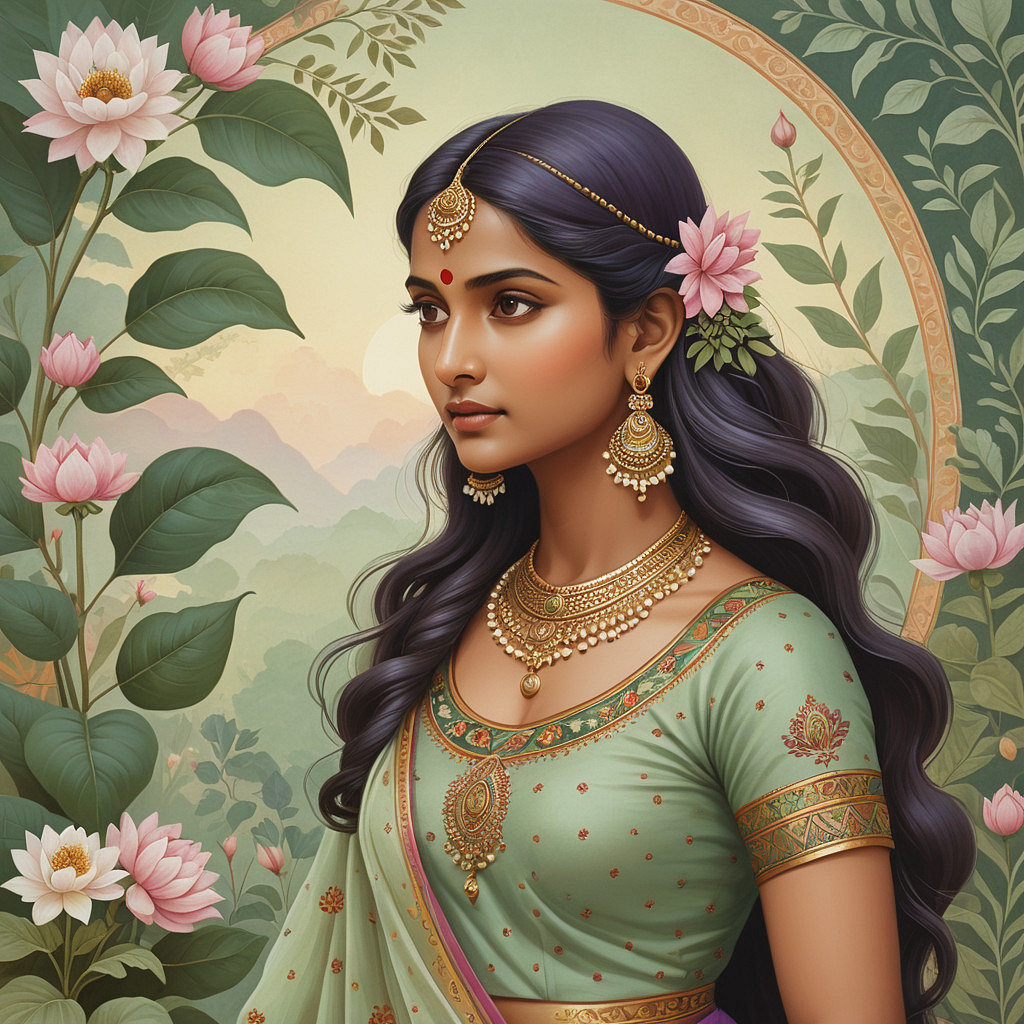Rani Lakshmibai of Jhansi, also known as the Rani of Jhansi, was one of the most iconic figures in the history of India’s struggle for independence. She is renowned for her bravery, patriotism, and unwavering spirit in the face of adversity. Let us delve into the life of this extraordinary woman and learn about her childhood, marriage, issues with the British, decisive battle, aftermath, as well as explore some links and resources to further understand her legacy.
Childhood and Early Life
Born on November 19, 1828, in Varanasi, Uttar Pradesh, Manikarnika Tambe (later known as Rani Lakshmibai) had a rather unconventional upbringing for a girl during that time. Her father Moropant Tambe was a Brahmin and worked for the Peshwa Baji Rao II of Bithoor. Growing up in an environment that encouraged learning and physical training, young Manikarnika developed a strong sense of independence and fearlessness.
Marriage to Maharaja Gangadhar Rao
At the age of 14, Manikarnika got married to Maharaja Gangadhar Rao Newalkar of Jhansi. After their marriage, she was given the name Lakshmibai. Sadly, their happiness was short-lived as they lost their only son when he was just four months old. This tragedy left a void in their lives but also strengthened their resolve to fight against injustice.

Issues with the British East India Company
The British East India Company had set its sights on annexing Jhansi due to its strategic location and rich resources. In 1853, after Maharaja Gangadhar Rao’s death from illness, Rani Lakshmibai became deeply involved in state affairs. The British refused to recognize her adopted son Damodar Rao as the rightful heir, and instead, they planned to annex Jhansi under the Doctrine of Lapse.
The Decisive Battle and Heroic Stand
Rani Lakshmibai refused to surrender her kingdom without a fight. She rallied her forces and led them into battle against the British in 1857 during the uprising known as the Indian Rebellion or the First War of Independence. Her leadership and valor on the battlefield were legendary, inspiring countless others to join the fight for freedom. The siege of Jhansi lasted for two weeks before it fell to British control.
Rani Lakshmibai attained Veergati on June 17, 1858
Aftermath and Legacy
Despite losing the battle, Rani Lakshmibai’s bravery became a symbol of resistance against colonial rule. She became an icon of India’s struggle for independence, inspiring generations to come. Her legacy continues to be celebrated today, with numerous statues, memorials, and even a national holiday dedicated to her memory.

Conclusion
Rani Lakshmibai’s indomitable spirit and unwavering determination continue to inspire people across the globe. Her bravery in the face of adversity serves as a reminder that individuals can make a significant impact in the fight for justice and freedom. As we remember her contributions, let us also strive to carry forward her legacy by standing up against injustice and working towards a better future for all.
A Homage to Rani LakshmiBai
In the year 1857, the dusty plains of Jhansi echoed with the thunderous gallop of a horse. The rider was none other than the brave warrior queen, Rani Lakshmibai. Clad in a saree fashioned into warrior’s clothing, she was a sight to behold. Her eyes, fierce and determined, reflected the spirit of a true warrior. A golden anklet jingled around her ankles, adding a rhythmic melody to the chaos of the battlefield.
In one hand, she held a long, glittering knife, its sharp edge gleaming ominously under the harsh sunlight. The other hand held the reins of her horse, guiding it skillfully through the melee. But what made this sight even more extraordinary was the little bundle that hung behind her shoulder. Tucked safely in a cradle made from her saree was her infant child, oblivious to the chaos around. The queen was not just fighting for her kingdom, but for the future of her child. The old stone palace of Jhansi stood in the background, a silent witness to the courage and valor of its queen.
The palace, once a symbol of prosperity and peace, was now a battleground, its tranquility replaced by the sounds of war. Rani Lakshmibai rode forcefully, her every move a testament to her bravery. She fought valiantly, her spirit unbroken despite the overwhelming odds. Her name became a rallying cry for her soldiers, inspiring them to fight with renewed vigor. That day, Rani Lakshmibai was not just a queen. She was a mother, a warrior, and a symbol of resistance against the British rule. Her brave act became a legend, a story of courage and determination that would be told and retold for generations to come.

You can listen to podcast by gaathastory from the following sites: Spreaker, Spotify, Youtube, JioSaavn, Apple Podcasts. You can subscribe to this podcast by writing to us at [email protected].
Follow us on the following social media sites: Facebook, Twitter, Instagram.
About gaathastory
Imagine a world where stories come alive, where the boundaries of language and culture disappear, and where the magic of storytelling transports you to a world of wonder and awe. At gaathastory, we’re passionate about creating this world, one podcast at a time. As a podcast company based out of Bengaluru, India, we’re dedicated to producing and distributing high-quality audio content in English and regional languages of India.
Whether you’re a parent looking for engaging stories for your kids, a business looking to create a custom podcast, or simply a storytelling enthusiast, we invite you to join us on this journey of discovery and imagination. With a range of podcasts that cater to diverse interests and age groups, we’re committed to creating a unique and captivating listening experience that will leave you spellbound and inspired.